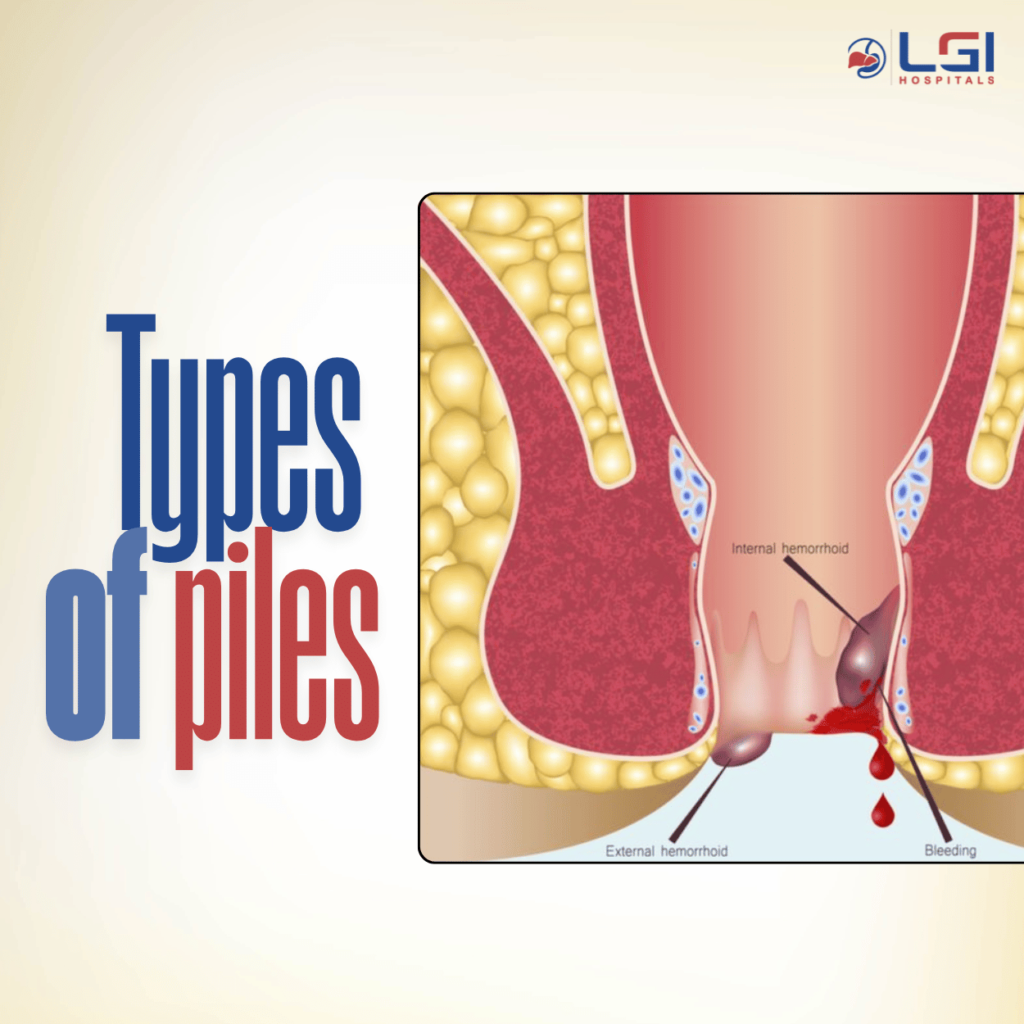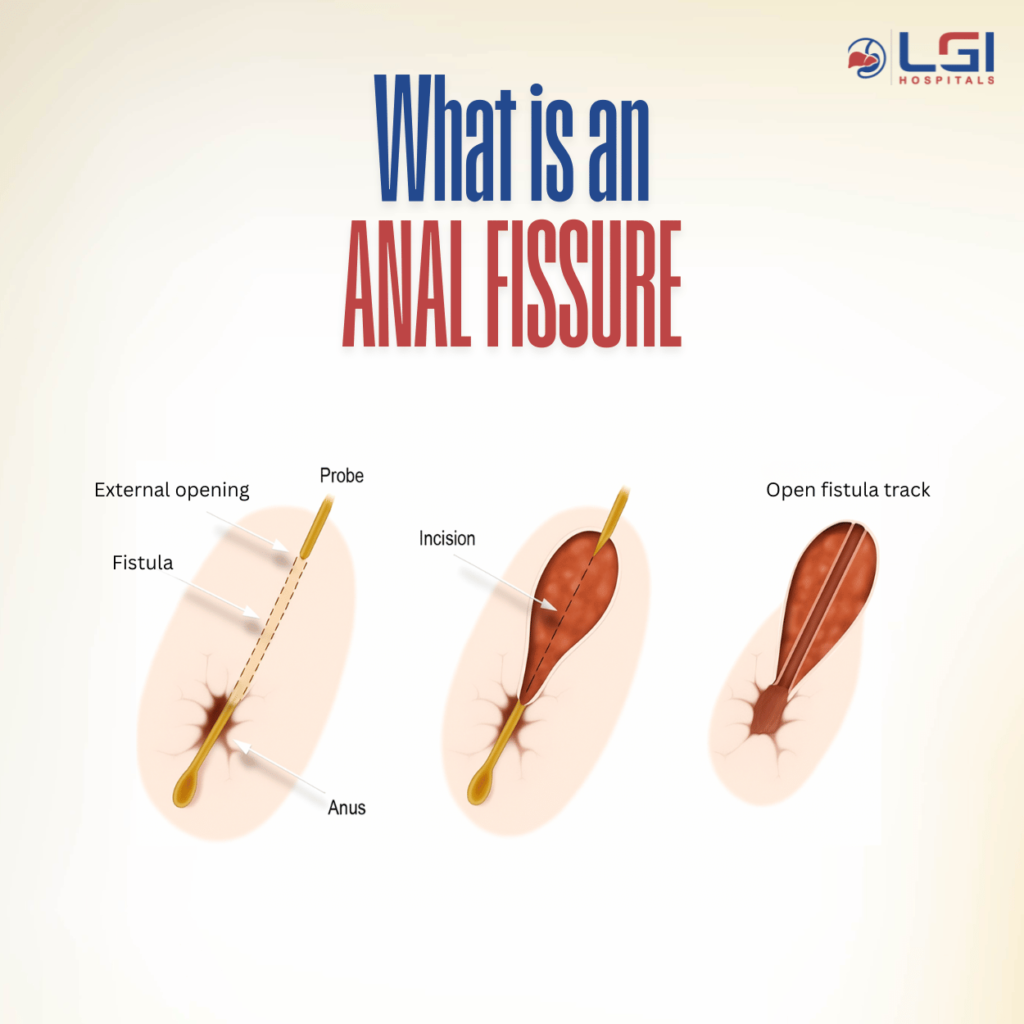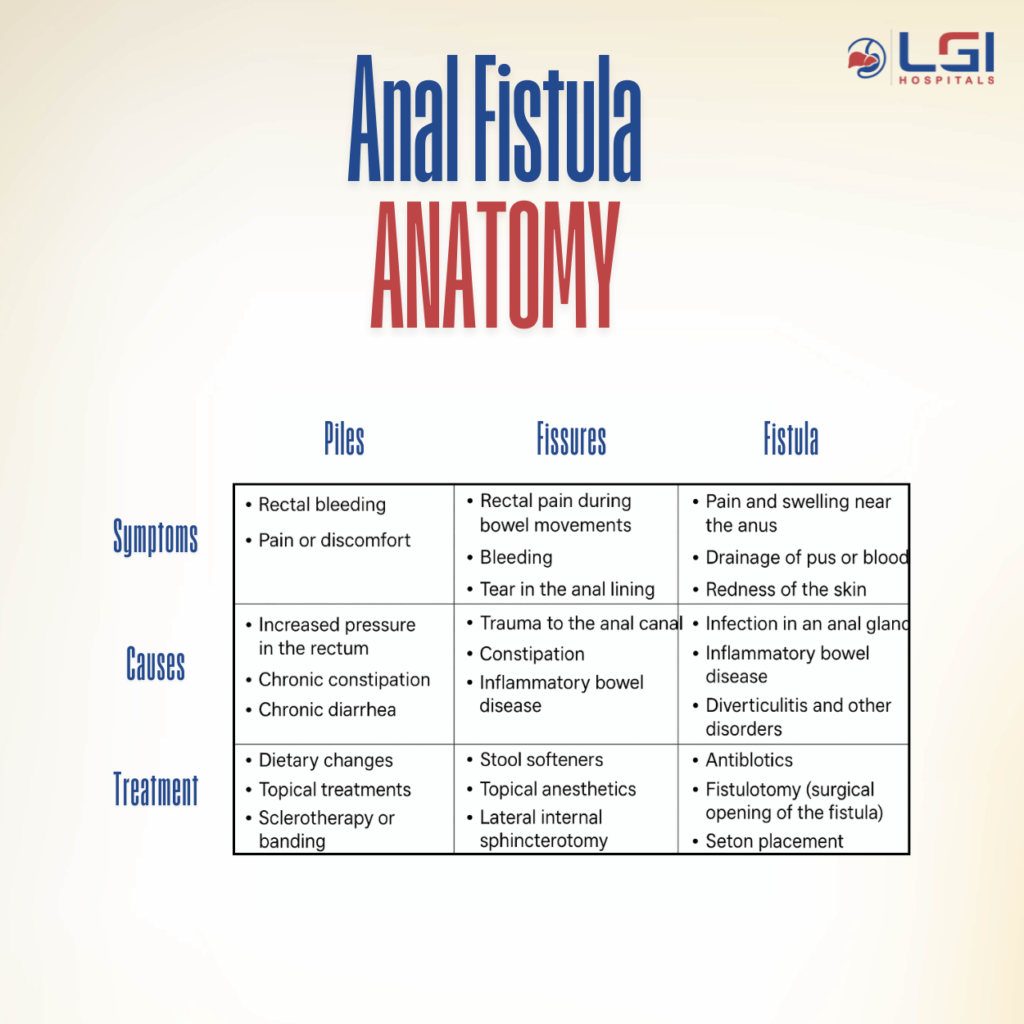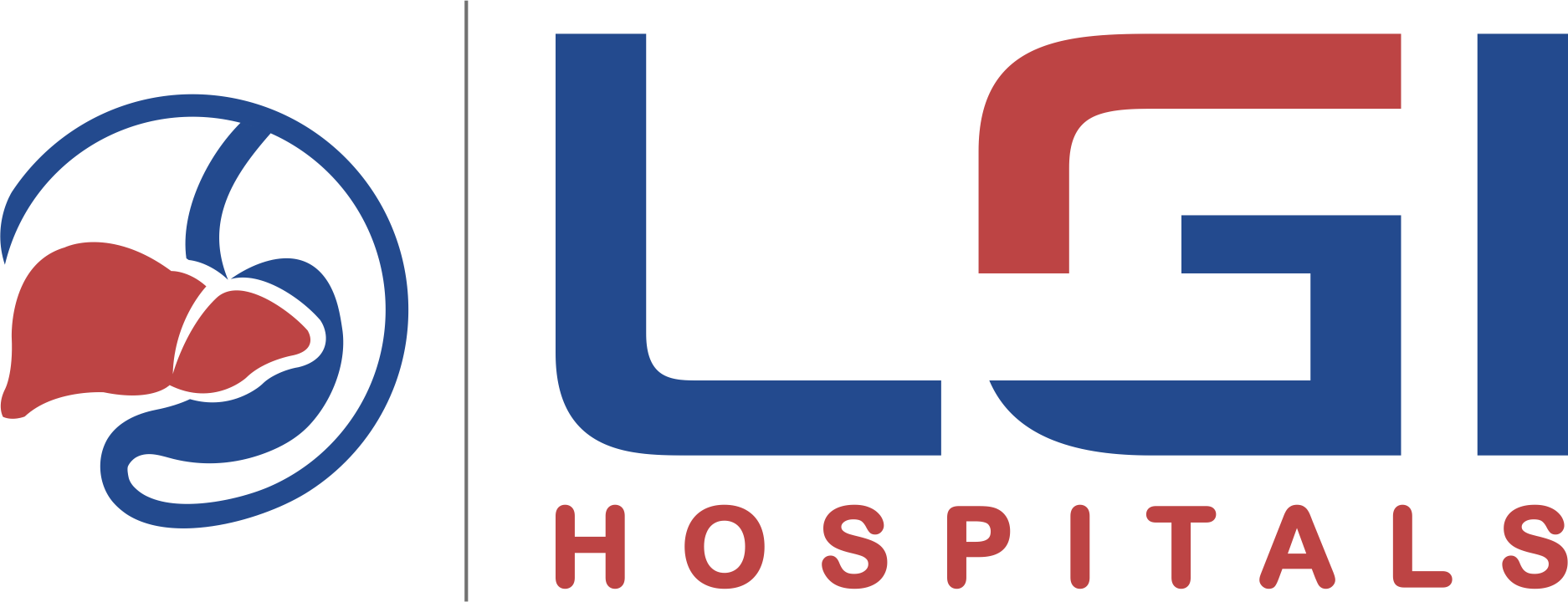Anal pain is a common yet often unspoken health concern, typically resulting from conditions like piles, fissures, or fistulas. Understanding piles vs fissures is key to identifying the right treatment.
These conditions may feel similar but are very different in nature. In this guide, we will clearly explain the difference between piles, fissures, and fistulas so you can better understand your symptoms and seek the right treatment.
What Are Piles?
Piles, or hemorrhoids, are swollen veins in the lower rectum or anus. They can be internal (inside the rectum) or external (under the skin around the anus).
Symptoms of Piles:
- Bleeding during bowel movements (bright red)
- Lump or swelling around the anus
- Itching or irritation
- Pain while sitting (especially if thrombosed)
Causes of Piles:
- Straining during bowel movements
- Chronic constipation
- Sitting for long periods
- Pregnancy
- Low-fiber diet

What Is an Anal Fissure?
An anal fissure is a small tear in the lining of the anus. It is usually caused by passing hard or large stools.
Symptoms of Fissure:
- Sharp pain during and after bowel movements
- Bright red blood on toilet paper or stool
- Burning or itching
- A visible cut or crack near the anus
Causes of Fissure:
- Constipation
- Hard stools
- Chronic diarrhea
- Anal trauma or strain

What Is an Anal Fistula?
An anal fistula is a small tunnel that forms between the anal canal and the skin near the anus. It is often caused by an infection or abscess.
Symptoms of Fistula:
- Persistent pain near the anus
- Discharge of pus or fluid
- Swelling or irritation
- A small opening or hole near the anus
- Fever (if infected)
Causes of Fistula:
- Anal abscess that didn’t heal properly
- Inflammatory bowel diseases (like Crohn’s disease)
- Infections such as tuberculosis
- Trauma or injury

Piles vs Fissures vs Fistula: Key Differences
| Condition | What It Is | Pain Level | Bleeding | Discharge | Common Treatment |
| Piles | Swollen veins in anus/rectum | Mild to moderate | Bright red, painless | Rare | Lifestyle changes, creams |
| Fissure | Tear in anal lining | Sharp, burning | Painful bleeding | None | Ointments, stool softeners |
| Fistula | Tunnel from anus to skin | Constant, throbbing | Rare | Yes (pus) | Surgery often required |

How Can You Tell the Difference?
- If you have a painless lump and bleeding, it may be piles
- If you feel a sharp, cutting pain while passing stool with bleeding, it may be a fissure
- If there is pus discharge and a small hole near the anus, it may be a fistula
Always consult a doctor for a proper diagnosis.
When to See a Doctor
You should see a doctor if:
- You notice blood in your stool often
- Pain persists during or after bowel movements
- You have pus or fluid discharge
- There’s swelling or a visible lump
- You have fever or signs of infection
Expert Care for Anal Pain at LGI Hospital, Nagpur
If you’re confused about whether it’s piles vs fissures, or if it’s something more serious like a fistula, LGI Hospital in Nagpur is here to help.
We provide:
- Accurate diagnosis with advanced tools
- Non-surgical and laser treatments
- Fast recovery and patient-friendly care
Don’t ignore the pain. Book your consultation with LGI Hospital, Nagpur today and get the treatment you deserve.

